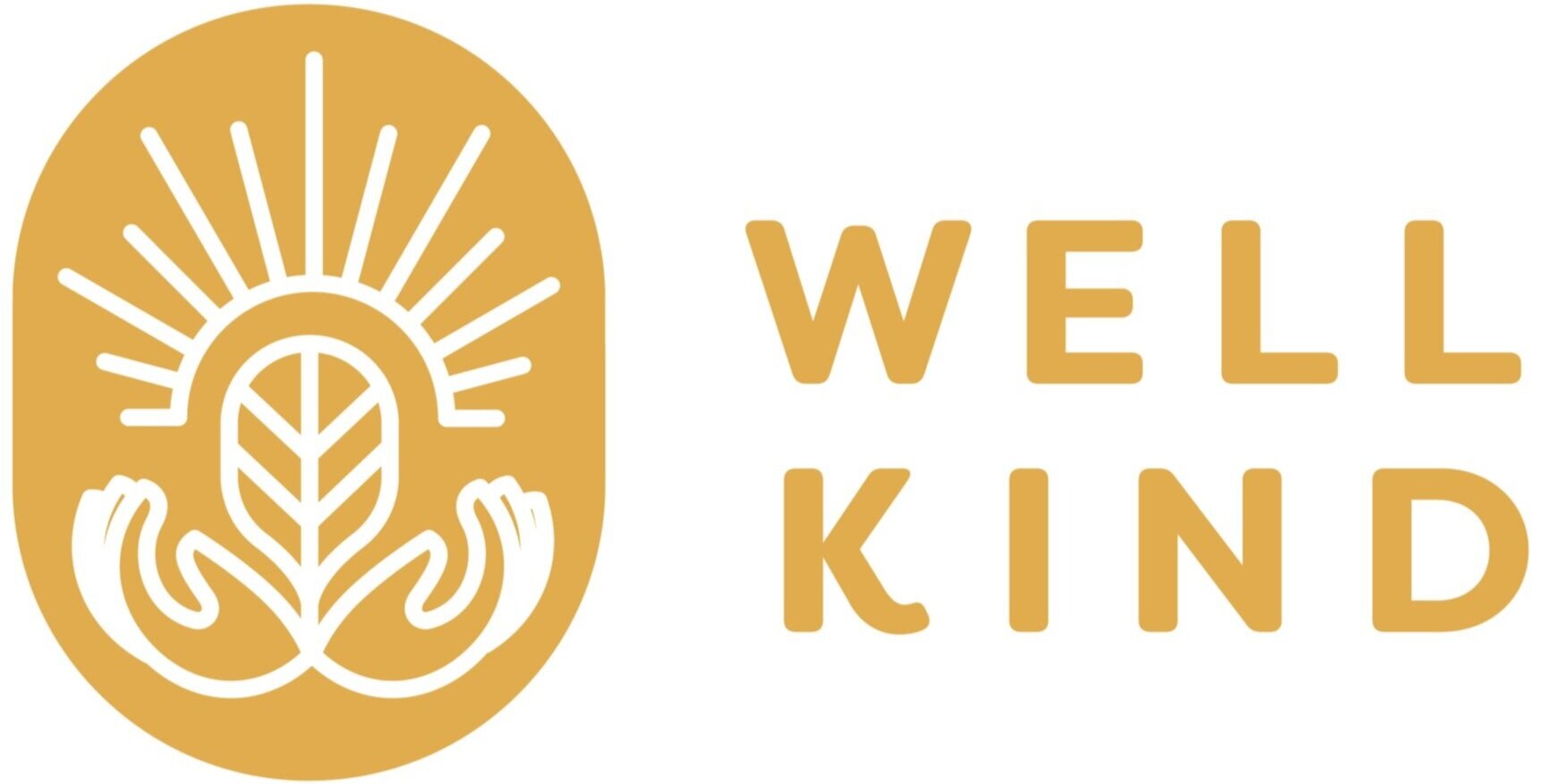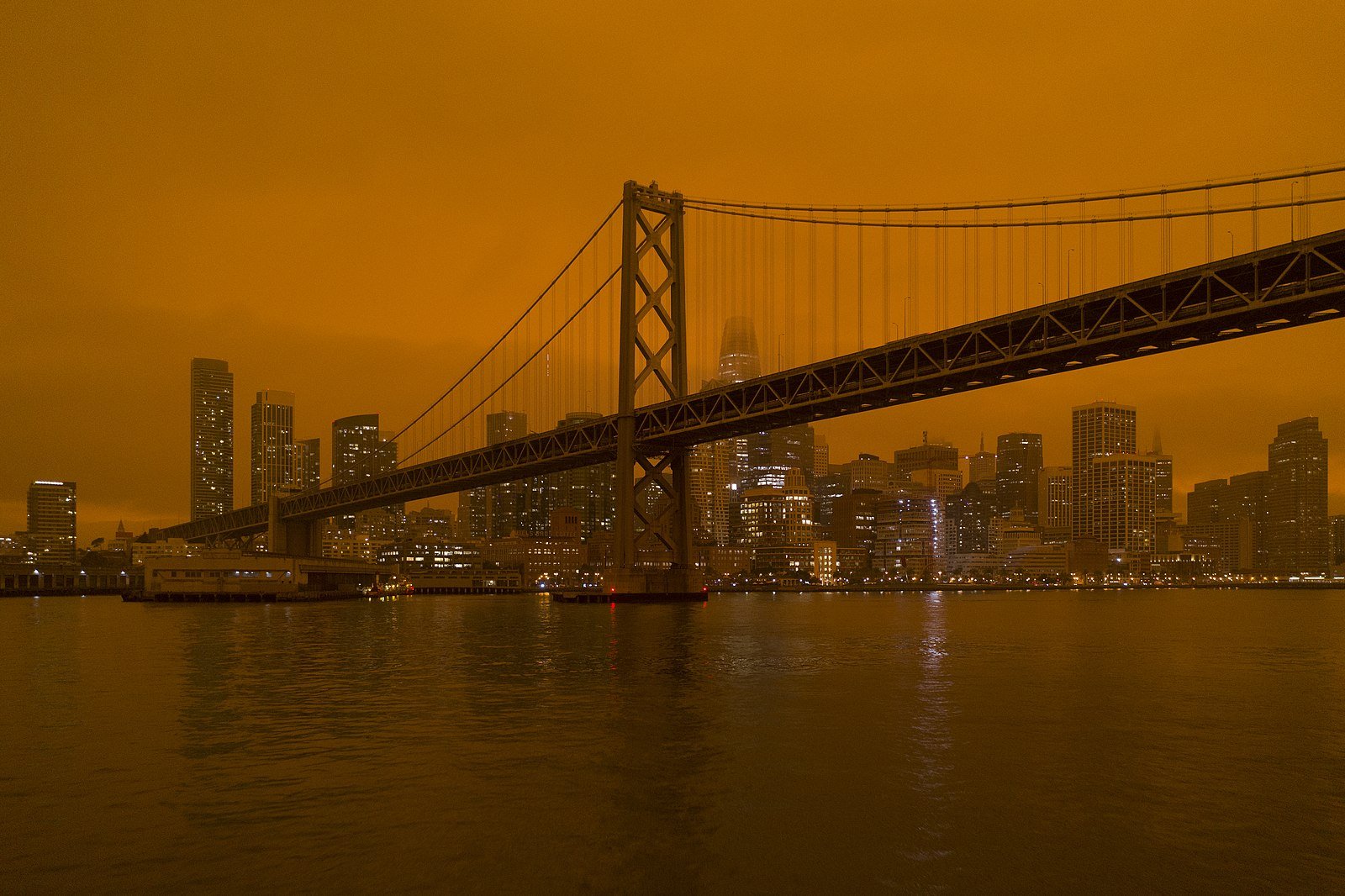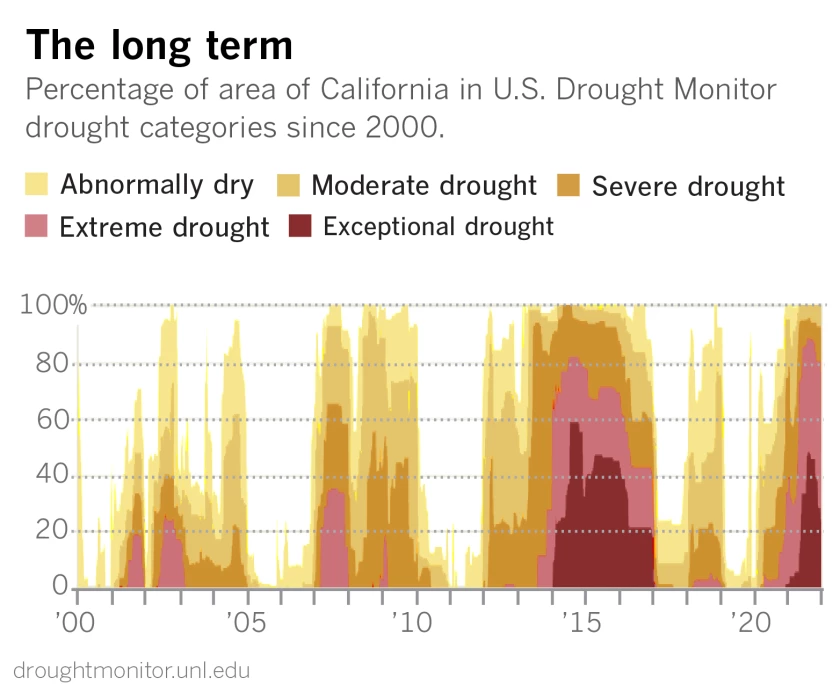Why Are Wildfires So Bad Now?
By Sofia Rullifson, WellKind Forestry Intern
Sofia Rullifson was an intern for WellKind Forestry during our summer 2022 session, exploring wildfires and other environmental topics.
Source: Wikimedia.
On September 28, 2019, the Los Angeles Times reported that due to wildfires, 16 California counties were without power that Monday morning. Later that fall, the counties faced another power outage, lasting three days. One year later, on September 25, 2020, residents opened their eyes to bright red-orange skies and pounds of ash that fell from the sky, creating a thick layer on cars and sidewalks.
In 2019, there were 7,860 wildfires in California. In 2020, there were 9,900 wildfires which burned about 4.3 million acres, twice more than the previous record of acres burned in California. In just a span of one year, wildfire rates skyrocketed, but why?
Jon Keeley, U.S. Geological Survey scientist based in Sequoia National Park, explained that a significant factor that has driven the surge of large, destructive fires in California is unusual drought patterns.
"Each of the past three decades has had substantially worse drought than any decade of the last 150 years," Keeley explained in an article published by Nasa’s Earth Observatory. Drought exacerbates fires by sapping trees and plants of moisture, making them easier to burn. In addition, droughts add vast amounts of dead wood into the environment, making fires more likely and intense.
Furthermore, droughts also hurt soil and vegetation. John Abatzolgou (2021), a climate scientist at the University of California, found that the extreme droughts dried out soil and greenery across much of California. Therefore, the landscape became capable of carrying super-sized fires that resist suppression.
While droughts have significantly impacted wildfires in California, more factors also play into the severity. For instance, heat exacerbated by climate change also makes wildfires more frequent. Daniel Swain (2021), a climatologist at the University of California, Los Angeles, explained that heat turns the atmosphere into a giant sponge that draws moisture from plants and makes it possible for fresh air to burn hotter and longer. In addition, meteorological data depicts that the two-year period from Sept. 2019 to August 2021 ranks as the third warmest period in California (Earth Observatory, 2021).
As time progresses, drought conditions will only worsen unless action is taken to counter the climate change problems California faces. So, the question remains: what can residents do to prevent wildfires from being so severe?
The first step residents can take is conserving water. For instance, individuals can take around five minutes in the shower every night rather than 10. Water conservation can also be as simple as turning the water off while brushing your teeth, shaving, or washing your hands.
Humans' diets are another factor that contribute to harsh drought conditions, because one’s diet accounts for more than two thirds of one’s water footprint as a result of the amount of water needed to produce food. Therefore, eating less meat, steaming vegetables, reducing food waste and more can help save water in your diet. The little changes individuals can make in their daily lives involving the amounts of water they use can significantly change and prevent droughts in California every year.
As generations continue to grow, individuals need to understand California's burning problem. We must take action to stop wildfires from becoming more and more severe. In addition, finding little ways to conserve water throughout your day can significantly reduce the risk of droughts yearly. Therefore, we are responsible for saving our beautiful landscapes from turning into burned, dry, and toxic debris.
references
Duginski, Paul. “California's recent rains won't end our stubborn drought. These charts show why.” Los Angeles Times, 8 January 2022, https://www.latimes.com/california/story/2022-01-08/charts-show-why-california-recent-rain-wont-end-drought. Accessed 13 July 2022.
Prichard, Susan J., et al. “How years of fighting every wildfire helped fuel the Western megafires of today.” The Conversation, 2 August 2021, https://www.weforum.org/agenda/2021/08/wildfires-united-states-cause-science/. Accessed 13 July 2022.
U.S. Geological Survey. “California Droughts Compared | USGS California.” California Water Science Center, https://ca.water.usgs.gov/california-drought/california-drought-comparisons.html. Accessed 13 July 2022.
Voiland, Adam. “What's Behind California's Surge of Large Fires?” NASA Earth Observatory, 4 October 2021, https://earthobservatory.nasa.gov/images/148908/whats-behind-californias-surge-of-large-fires. Accessed 13 July 2022.


